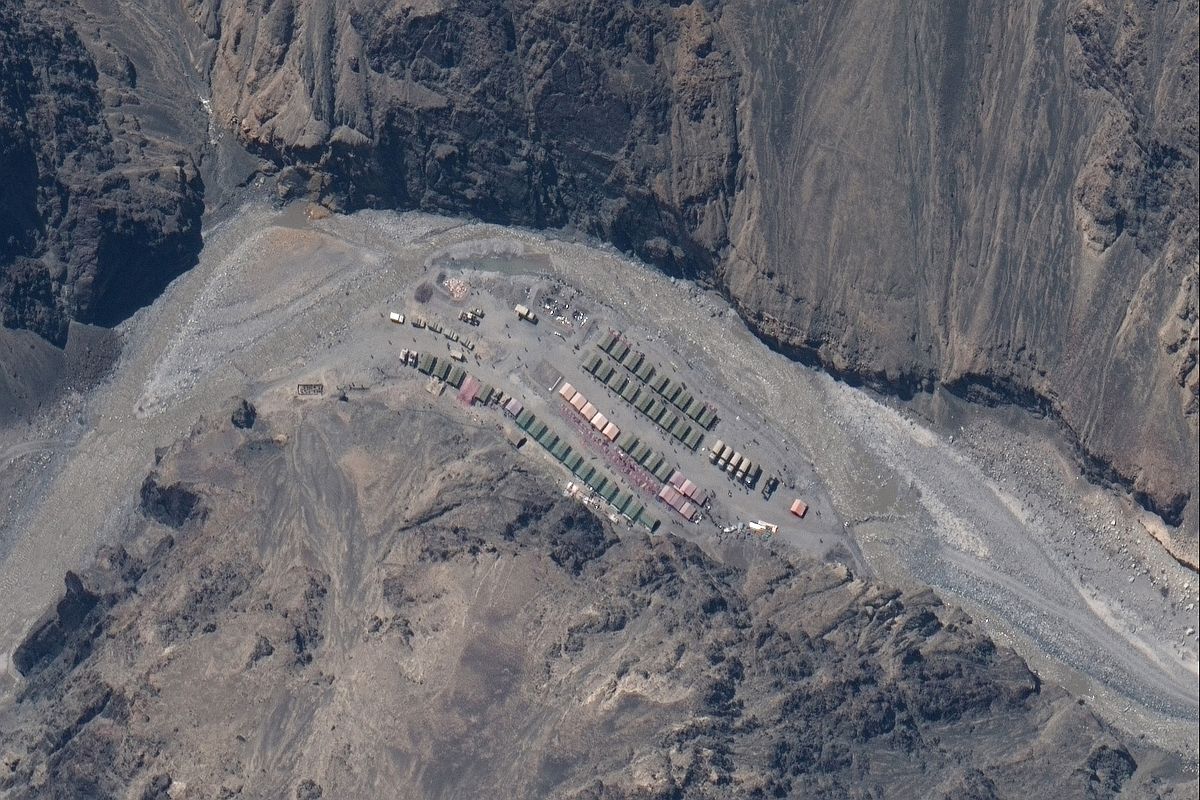The disengagement process between Indian and Chinese armies at three friction points along the Line of Actual Control (LAC) in eastern Ladakh has been completed as on Thursday.
The Chinese troops pulled back by around 2 kilometres in the at Patrolling Point 17 in Hot Springs area.
With this, the disengagement process is complete at Patrolling Point 14, Patrolling Point 15 and Patrolling Point 17, news agency ANI quoted Indian Army sources as saying.
Meanwhile, the Chinese PLA has reportedly started thinning out in the contentious Finger area near the Pangong lake in Ladakh.
The disengagement process between the two armies in the Galwan valley began on Monday.
The disengagement started after a two-month military standoff and it is happening “as per agreed terms in the Corps Commanders’ meeting”.
The Indian Army has also moved back from these areas by almost an equal distance from areas which were its patrolling points till May first week when the Chinese started building up along the LAC.
On Wednesday, the Chinese People’s Liberation Army moved back around 2 kilometres at Patrolling Point 15.
The withdrawal at Patrol Point 17A (Gogra) is expected to be completed soon.
The two armies are likely to hold further talks after the disengagement process is completed at all the friction points, according to reports.
Meanwhile, with the retreat from both sides, a four kilometre no-man zone has been created.
The mutual agreement on disengagement came after a key phone call between Chinese Foreign Minister, State Councillor and Special Representative on the Sino-Indian Boundary Issue Wang Yi and Indian National Security Advisor and Special Representative Ajit Doval on Sunday.
Both the countries noted that it was necessary to ensure at the earliest complete disengagement of the troops along the LAC and de-escalation from India-China border areas for full restoration of peace and tranquillity and also agreed that the two sides should not allow differences to become disputes.
The two sides also agreed to ensure a phased and stepwise de-escalation in the India-China border areas.
They re-affirmed that both sides should strictly respect and observe the LAC and should not take any unilateral action to alter the status quo and work together to avoid any incident in the future that could disturb peace and tranquillity in border areas.
It was also agreed that the two Special Representatives will continue their conversations to ensure full and enduring restoration of peace and tranquillity in the India-China border areas in accordance with the bilateral agreements and protocols.
According to government sources quoted by PTI, the Chinese Army had started removing tents and moving back from Patrolling Point 14 as well as the Gogra Hot Spring of the Galwan valley, in a first sign of disengagement of troops from the area on Monday.
The Indian and Chinese armies have been locked in a bitter standoff in multiple locations in eastern Ladakh for the last two months. The tension escalated manifold after 20 Indian soldiers were killed in a violent clash in Galwan valley on June 15.
India and China have held several rounds of diplomatic and military talks in the last few weeks to ease tension in the region. However, there was no visible sign of end to the standoff though the two sides agreed to initiate disengagement of the forces from the region.












